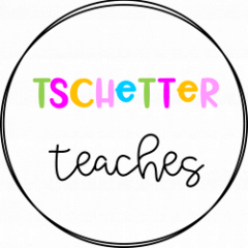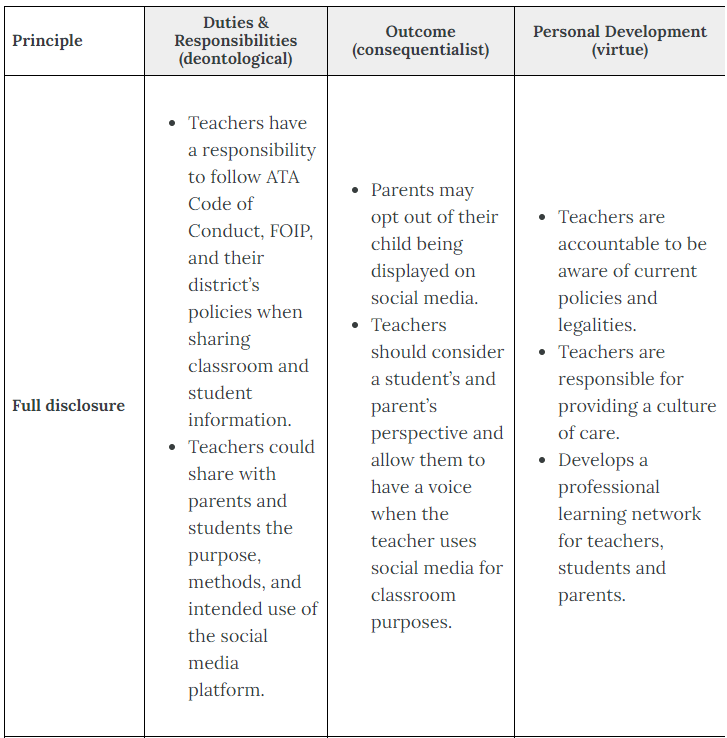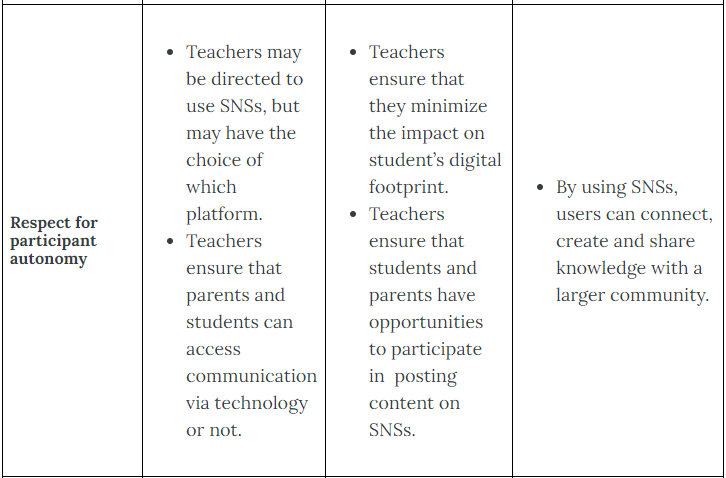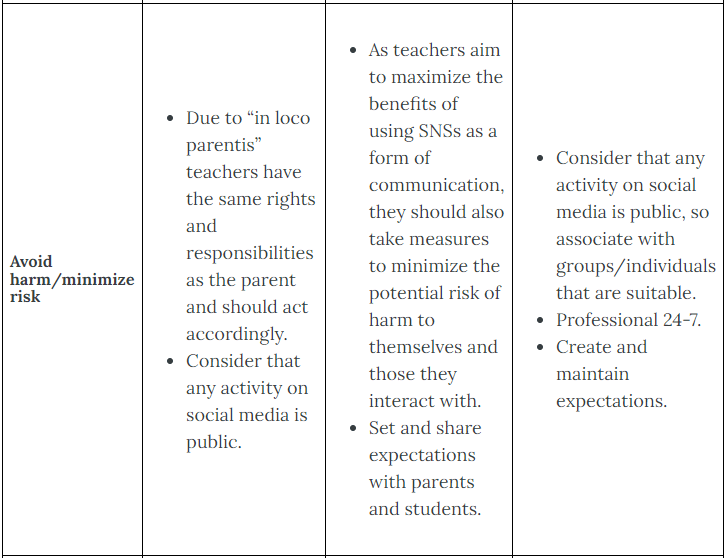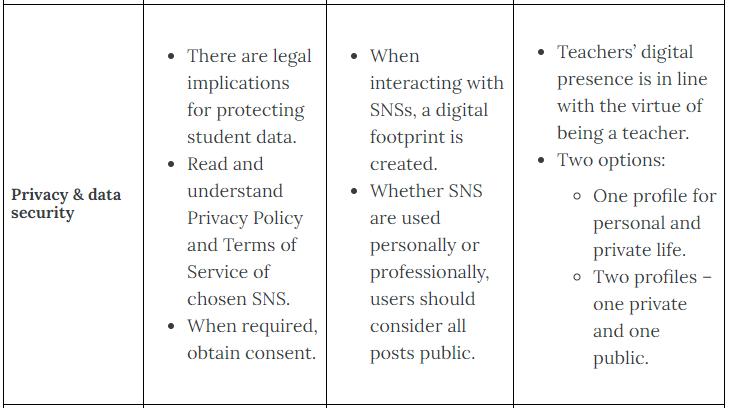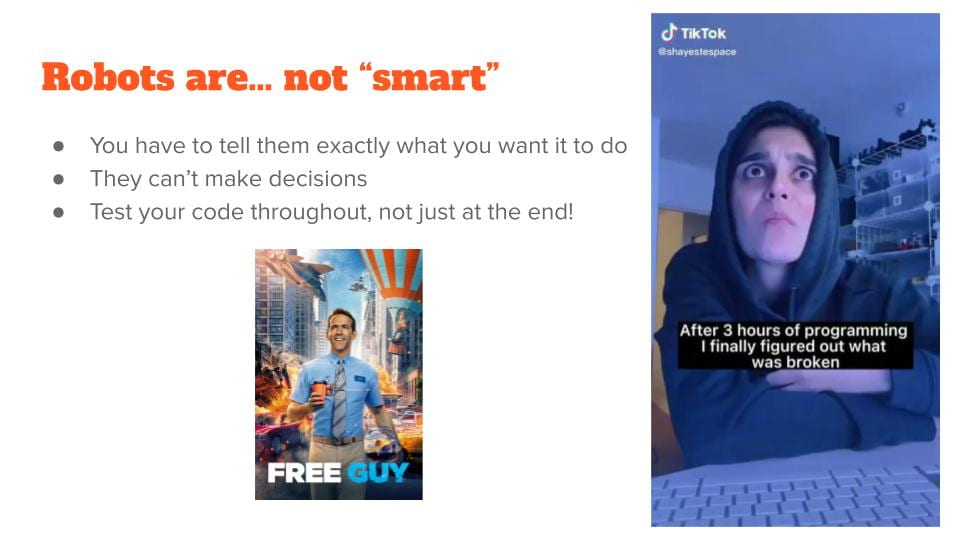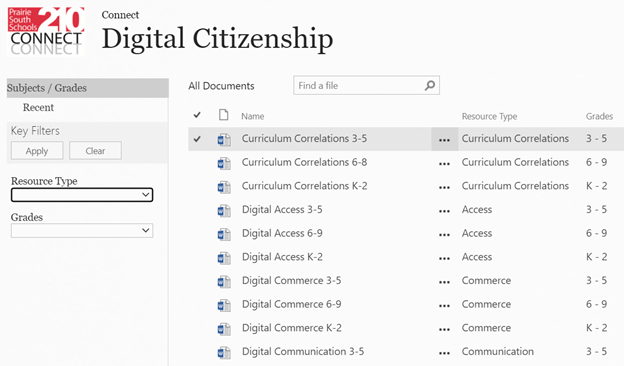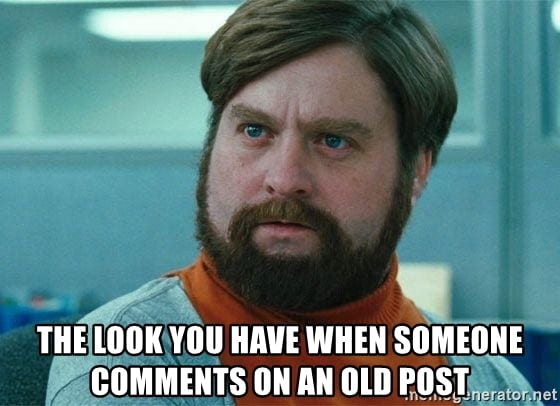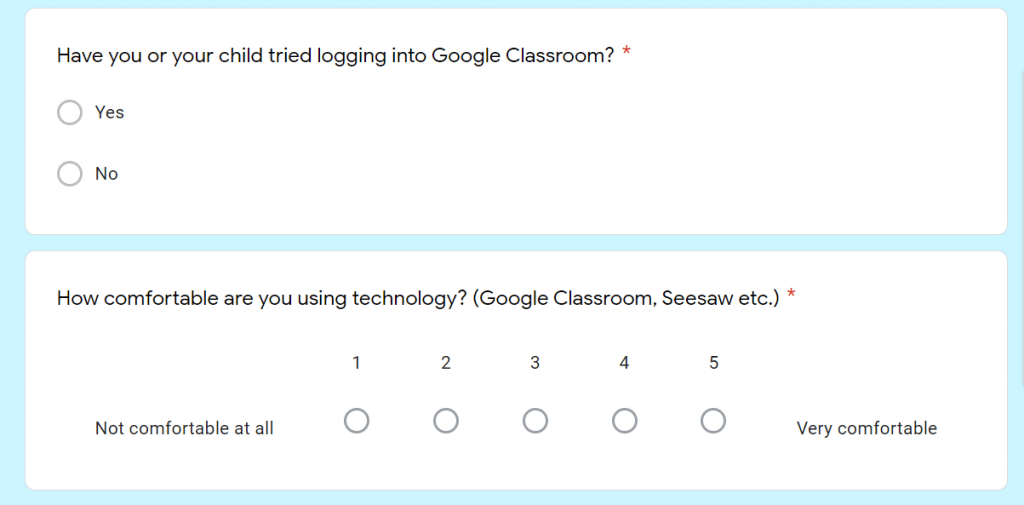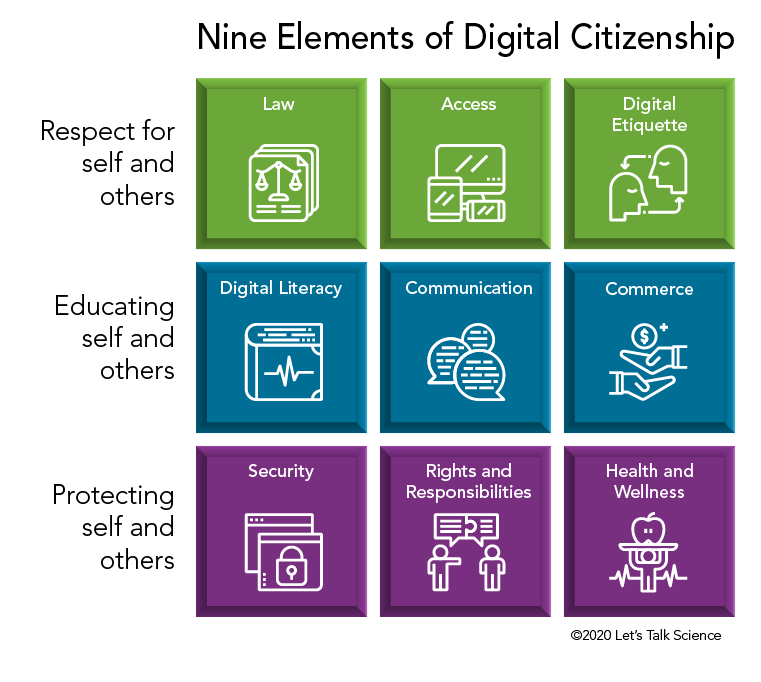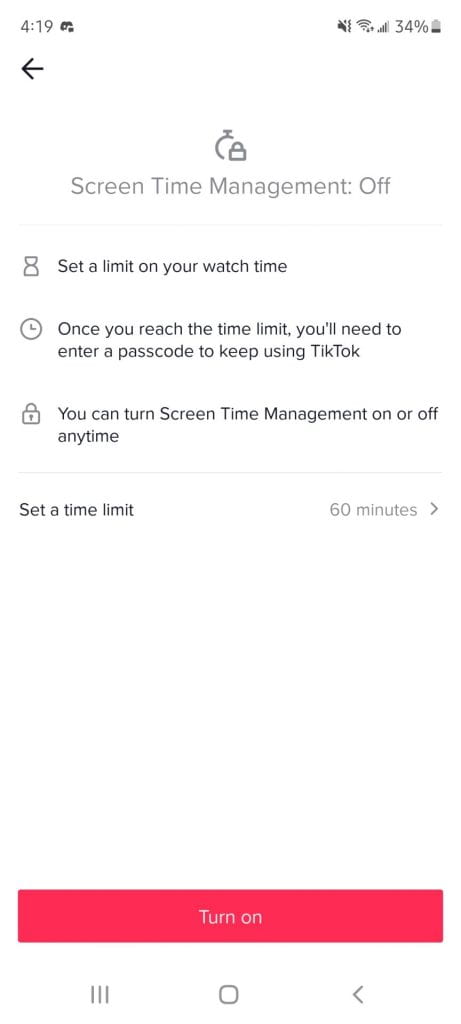The first time I felt fear about using technology in the classroom was at the beginning of the 2020-2021 school year. We were told our return to school plan included live streaming of our classrooms, while supporting both our in person and online students, while creating assignments for both. There were a variety of issues that concerned teachers with this plan:
- Student privacy in the classroom
- Teacher being monitored by parents at all times
- Recording of students and teachers
- Creating both in person resources and online resources
- Not having adequate technology in the classroom to support this
As a result, many teachers within Prairie South wrote letters to the members of our Board of Education. The Board then decided to launch a Virtual School, two days before in-person learning began. I immediately phoned and applied to be a part of the Virtual School. I loved technology before, but this opportunity developed my skills in creating online content. Throughout this semester, I see that while I developed more skills, I could have developed my students skills more than I planned for. With this comes some other ethical implications.
Lovepreet’s article Ethics of Teaching with Social Media states that
When we ask our students to tweet, blog, post, share, or co-construct their texts with the rest of the class, we are asking them to perform in public or semi-public arenas. In this situation we are faced with the ethical question of whether this practice is caring for the identity of our students. How can we promise students that their digital footprint (online conversations, interactions, personal details) will be confined to the classroom context?
Henderson, Auld & Johnson
I think back to the assignments students created, and if those platforms were confined to the classroom. For my grade 3 students, I used mostly used Flipgrid and Google Slides. I feel confidant that this will be confined to the classroom. However, if I had students create their own blogs, this would be a much greater concern. If I were to do this I would want to have parental involvement and control. Having parents informed on the learning benefits, access to the content, and awareness would be important. This would include possibly a pseudonym, no images of the students, and comments disabled to prevent cyberbullying (as described in Shristy’s article). I feel like this would protect my students privacy while engaging in classroom based online communities. This would be one way to navigate introducing students to creating content in a controlled manner. The chart from Dylan’s article this week Chapter 2: Beware: Be Aware – The Ethical Implications of Teachers Who Use Social Networking Sites (SNSs) to Communicate has a great table that outlines the ethical considerations in K-12 settings:
Through this class I have been exploring using TikTok and Twitter. I wrote previously about how previous students found me on TikTok. Under the “Privacy & data security” section, I liked the option of having two profiles- one private and one public. I have followed this model, having my Twitter and TikTok as public life, and my Instagram, Facebook, and Snapchat as my private life. I feel like this has worked for me, as even on my private accounts, I’m not much of a sharer!
Privacy and the permanence of a digital footprint are concerning for everyone. I think that introducing students to strategies to keep their identities safe, and be responsible digital citizens is the first step we need to take as educators!
Happy Teaching,
Leah
